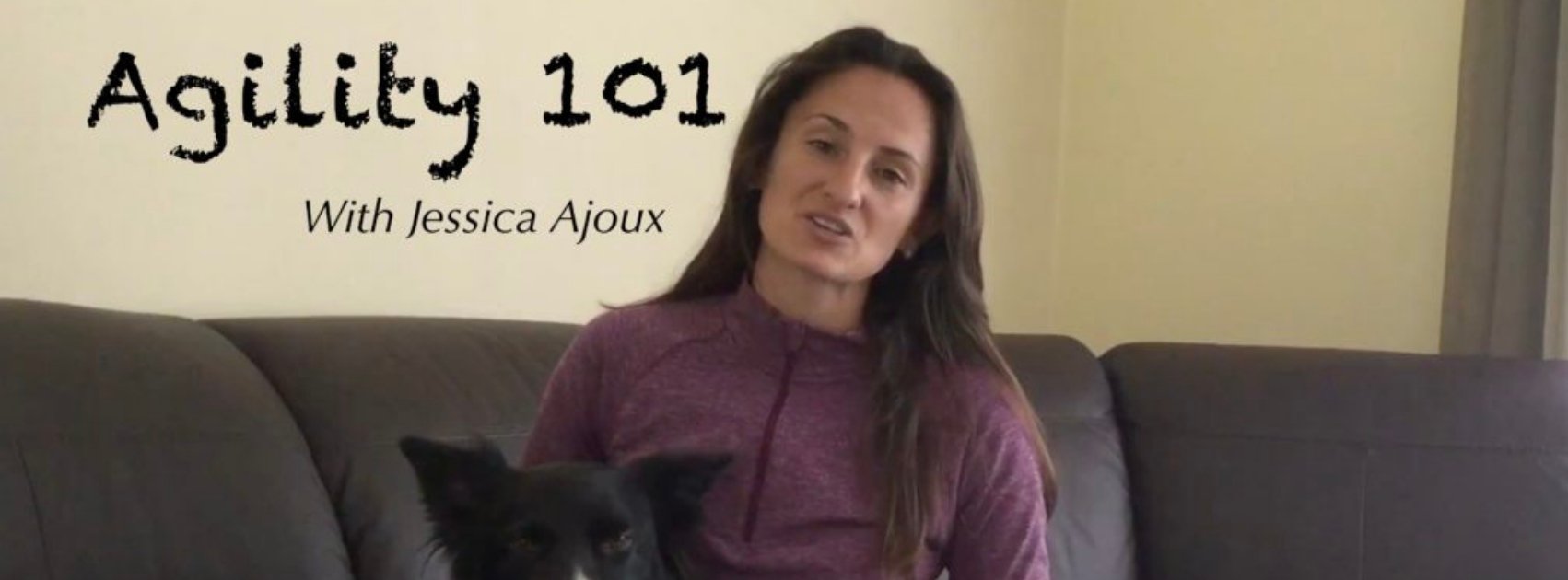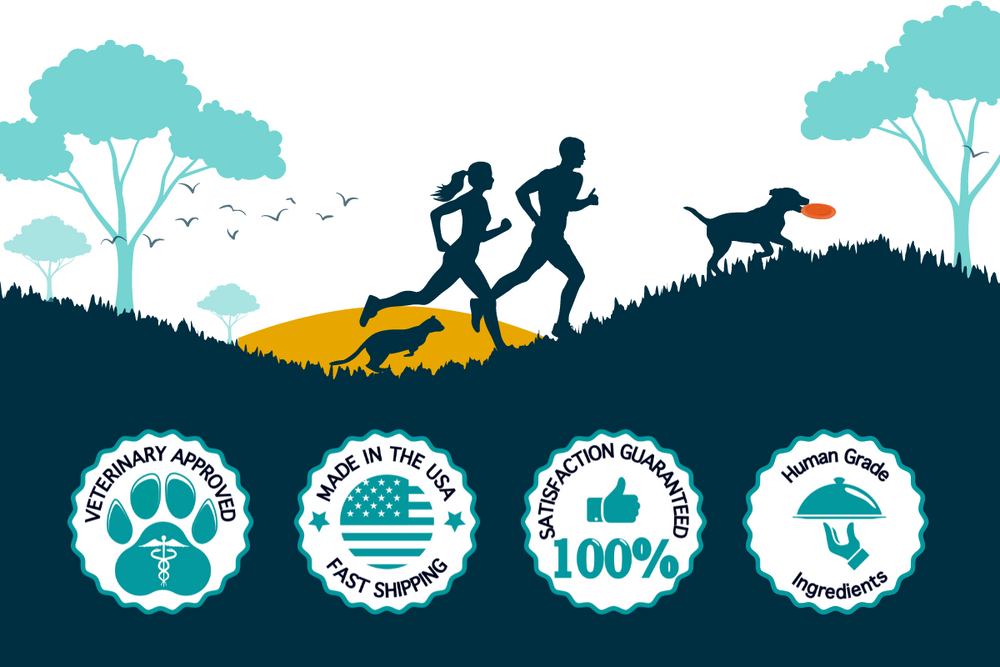Similar to equestrian show jumping, dog agility involves a handler guiding a dog through an obstacle course. It originated in England in the late 1970s as a demonstration and entertainment for the crowds at Crufts, the world’s largest dog show.
Agility is very fun! It is fast paced, ever-changing, and it taps into the magical connection that occurs between dogs and humans.
Agility developed into a sport of its own in the early 1980s and came to the USA shortly thereafter.
It is the fastest growing and most popular dog sport. Agility is never boring, as the courses are always different, so it presents teams with new challenges and puzzles to solve every time.
Agility is truly addicting. The dogs love it, the handlers love it, and nothing compares to the partnership and teamwork that develop when a dog and handler work together through the challenges of the course.
Though dog agility is a relatively young sport, it is changing at a very rapid rate. Even from when I started in 2000 to today, many aspects of the sport have evolved. Courses have become more challenging, dogs are running faster and faster, and training methods have advanced.
It is truly amazing what teams are able to do today. Even the obstacles have changed for the betterment of the dogs. Obstacles that were proving to be dangerous were removed, jump heights have been adjusted, and obstacles are better constructed with safety in mind to accommodate the higher rates of speed that the dogs are now running.
Inclusiveness in Agility
One of the best things about dog agility is that all dogs and people can do it. Dogs of all sizes, breeds, and backgrounds can learn agility, and most can even compete.
My very first agility dog was a Labrador/Boxer mix that my family had adopted from the local ASPCA. When we first started training, I had no intentions of competing—I just wanted to “have fun” with my dog.
Yet soon enough I found myself entering my first trial, and just like so many others, I’ve been hooked ever since. The competitions range from local weekend shows to regional, national, and even international levels.
Competitions are divided by the size of the dogs and training levels. Dogs of similar heights compete against each other and progress through levels after they earn qualifications.
The competitions are sanctioned by a variety of organizations that provide guidelines for the events and award titles for accomplishments.
Dog Agility Organizations in the US
The American Kennel Club (AKC), United States Dog Agility Association (USDAA), UK Agility International (UKI), Canine Performance Events (CPE), and North American Dog Agility Council (NADAC) are some of the most popular organizations in the USA.
The main difference among them are the style of courses and the jump height requirements. Though each organization has levels of competition—beginners, advanced, excellent, and masters, for example—they vary on what skills and obstacles are tested at each level.
Obstacles in Canine Agility
This brings us to the obstacles. There are a variety of jumps, contact obstacles, tunnels, a table, and weave poles that make up the course.
- For the jumps, there are regular hurdles, spread jumps (which are wider and so require more athletic ability to clear), solid jumps such as the wall and panel jump that the dogs can’t see through, and a tire that actually requires the dog to jump through a hoop! Each jump is displaceable so the object is for the dog to clear the jump without knocking the bar.
- There are 12 weave poles, and to perform them correctly, the dog must execute a weaving pattern through all the poles in a certain order every time.
- The table requires the dog to get on and stay put for five seconds.
- The contacts require the dog to climb up, across, and down. They include the A-Frame, the Dog Walk, and the Teeter. The trick to these obstacles is that the dogs must touch the contact zone at the bottom of the ramps before exiting the obstacle.

Competitive Classes in Dog Agility
There are different types of classes, or events, in agility competitions. The Standard class is a predetermined course that includes all obstacles.
The Jumpers class uses only jumps and tunnels, and the Jumpers with Weaves class includes jumps, tunnels, and weaves. There are also a variety of game classes that are based on point accumulation and that test strategy.
Some of the games classes are Gamblers, FAST, Colors, Snooker, and Pairs Relay. Each game has its own set of rules, but they encourage strategy and creativity on the handlers’ part. Dog agility runs are arbitrated by judges.
The judges are regular agility competitors who complete a training program offered by the sanctioning organizations.
The judge is the one who designs the course and then watches all the dogs and handlers run it. There is usually one judge on course, but at big events, it is common to see two judges on the course to better view the contacts.
While the dog is running, the judge makes calls. These could include faults such as knocking a bar, injuring a refusal, missing the contact, or running the wrong order of obstacles (off course).
Faults are scored in a variety of ways, but usually going off course is an elimination; all other faults add penalty points. Overall, the fastest dog with the least amount of faults wins.
The judge also determines the standard course time (SCT), or the time in which the course must be completed. For the games classes, which are point oriented, the team with most points and the fastest time is the winner.
As I mentioned before, dog agility is a popular and rapidly growing sport. More and more people are becoming involved and so there are more and more training opportunities.
In Part 2, we will talk about the various ways to become involved in this great sport, which dogs and people can share together.









